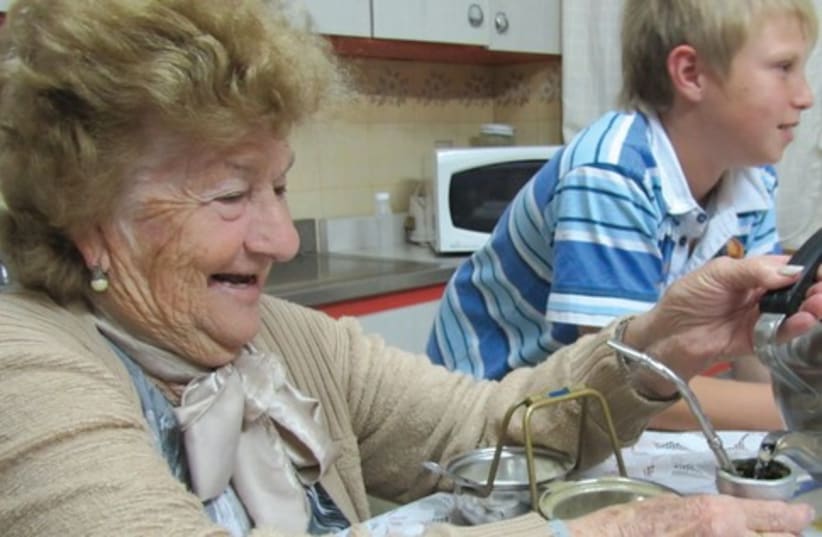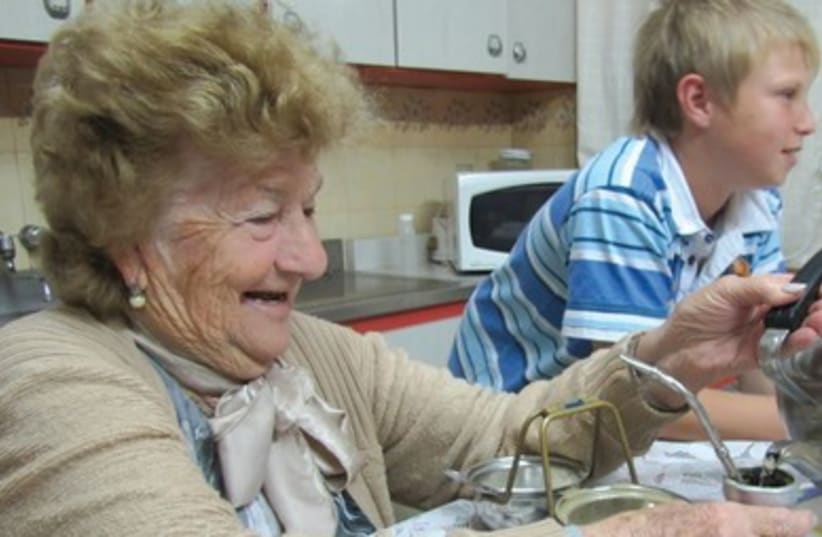

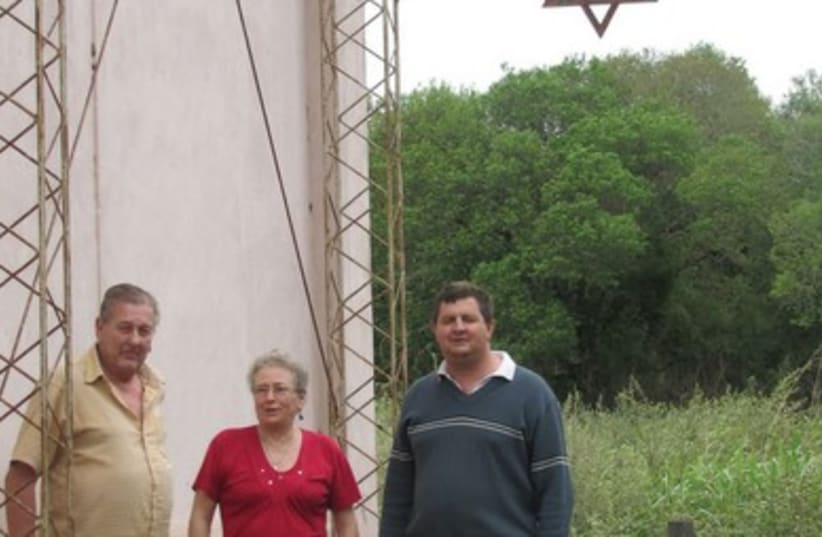
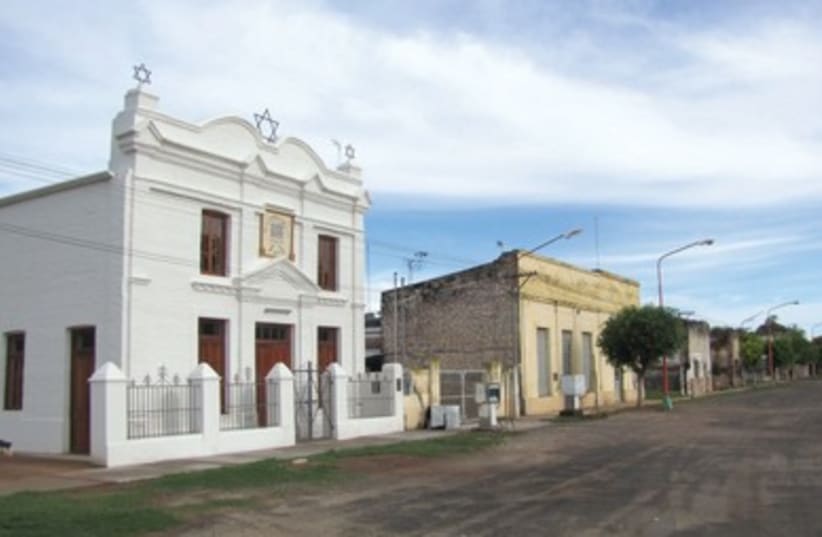
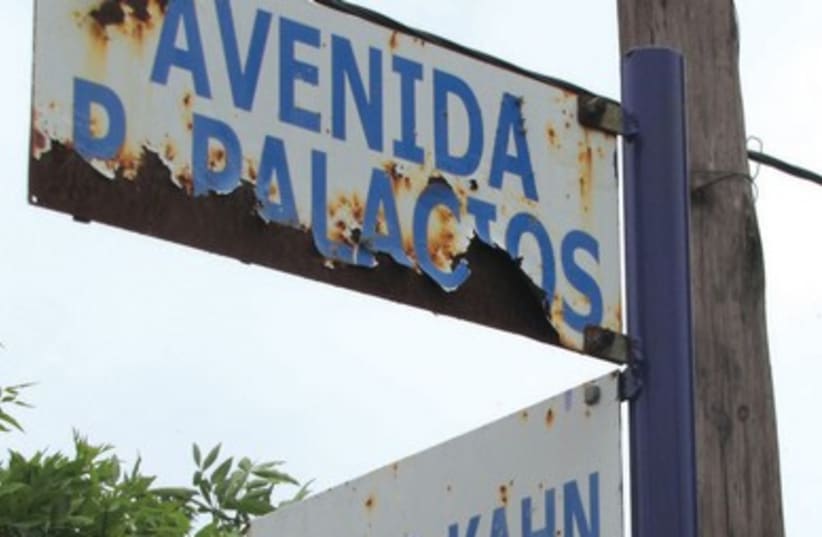
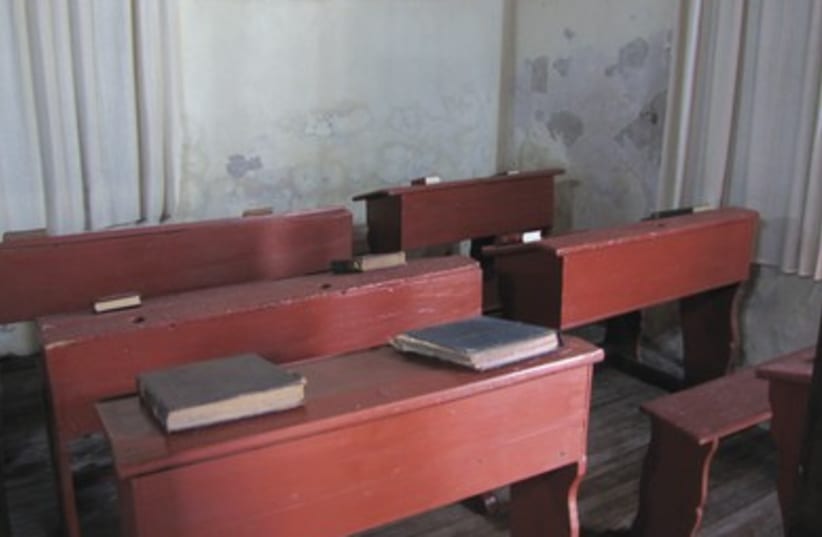
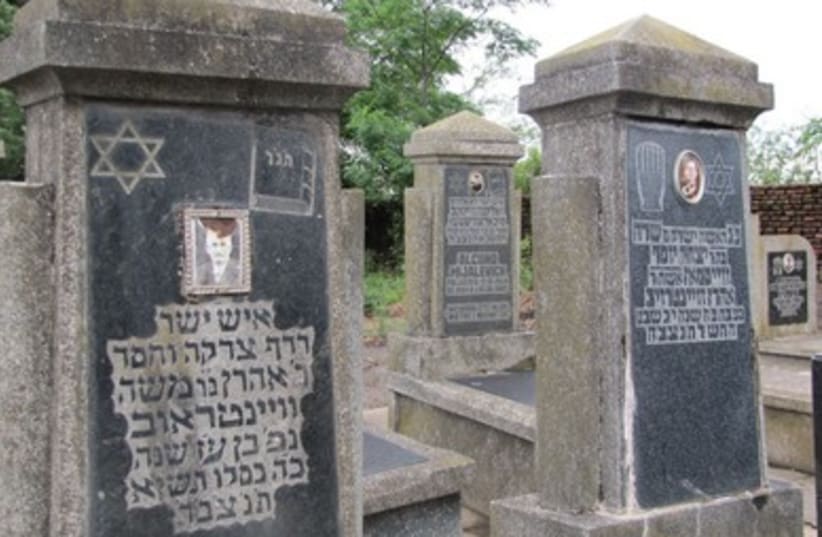

With the help of French Jewish philanthropist Baron Maurice de Hirsch, who had founded the Jewish Colonization Association to build autonomous agricultural settlements for Eastern European Jews, Jewish settlements were established in the provinces of Buenos Aires, Entre Rios and Santa Fe.Named after its benefactor, Moiseville became the first and most well-known of the Jewish villages in Santa Fe Province. It still has a viable Jewish life, with a working synagogue, museum and a Jewish school.Neighboring villages, such as Palacios, Las Palmeras, and Monigote, which were once thriving Jewish communities, did not fare as well.Jews established these villages and homesteads, struggling with the new land, new language and new culture, but eventually building a working relationship with and learning from the local gauchos.But a recently published book by Argentine Jewish reporter Javier Sinay recounts the cases of 22 unsolved murders of Jewish farmers, children and women between the years 1889-1906 by gauchos of Spanish descent who at first resisted the presence of the new immigrants.At 84, Esther Azeretzky is one of the last Jews still living in what was once the mainly Jewish community of Las Palmeras – the settlement where my own paternal great-grandfather immigrated to from Russia, and where my paternal grandmother was born and raised; here, too, my paternal grandfather immigrated as a child with his siblings to live with an uncle when his parents died in a typhus epidemic in Russia in the early 1900s. She is very excited to know I am her old friend Esther’s granddaughter.Though I have visited Argentina numerous times, and spent lots of time in the nearby village of my mother’s family that was founded by Swiss immigrants at about the same time as the Jewish settlements, this is the first time I have ever visited Las Palmeras. I remember my grandmother, who eventually went to live in Rosario and then Buenos Aires, going back to Las Palmeras every so often to check on the farm land that still belonged to her family there.Now, there are another four Jewish families still living in Las Palmeras, comprising a dozen people, Azeretzky says. Sometimes they still go to nearby Moiseville, where there are more Jews for a Shabbat service or to visit with Jewish friends there.Her son, Jorge Ulmansky, 58, still works as a dairy farmer. After a day of flooding rains, he is out trying to salvage crops when I run into Maria Bongiovanni, his wife, as I take pictures of the old Jewish Library that now serves as part of the village’s home for the elderly.“My mother-in-law is Jewish,” she says pleasantly, as she leads me to Azeretzky.When I tell the older woman my grandmother’s name, she lights up. “She was the most beautiful girl in the village,” Azeretzky recalls plying us with mate, the Argentine national hot drink, and the kind of crispy homemade cookies my grandparents liked to eat.
